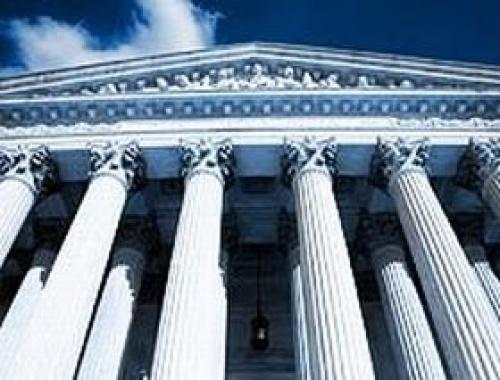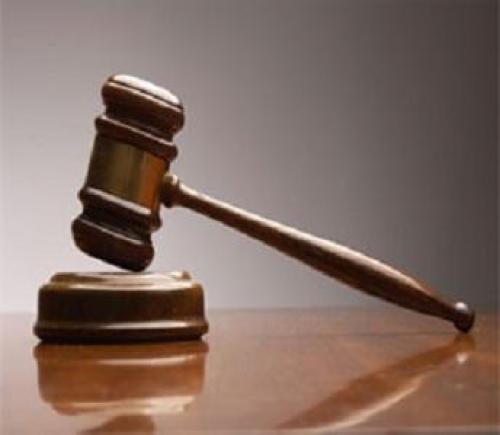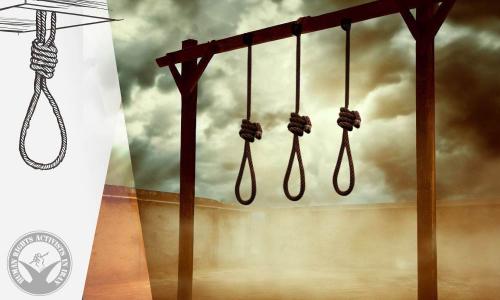12 January 2006 :
the US Supreme Court for the first time heard an appeal by a death row inmate using new DNA evidence to proclaim his innocence and demand a retrial. The court's verdict, expected by mid 2006, will do more than seal the fate of convicted murderer Paul House: it will guide US courts as they weigh scientific evidence as new technology casts doubt on long settled cases.The case came before the court as polls show support ebbing for the US death penalty and as the state of Virginia is expected to soon reveal results of DNA tests which could clear a man executed 14 years ago for murder.
House was sentenced to death for the 1985 murder of 29-year-old Carolyn Muncey, bludgeoned to death near her home in the mountains of Tennessee's tobacco country.
After years on death row, and as House's avenues for appeal ran out, new DNA testing techniques proved that semen found on Muncey's clothes did not belong to the condemned man, but her husband, Hubert Muncey. House's lawyers want a new trial, arguing the DNA evidence invalidates claims their client had a sexual motive for the murder, an aggravating factor in the crime which led to the imposition of the death penalty.
But Tennessee prosecutors argue that other evidence is so overwhelming, that the jury would still have convicted House.
"If a reasonable juror knew that the semen belonged to Mr Muncey and not Mr House, the result would be exactly the same because Mrs Muncey's blood was all over Mr House's pants," said Jennifer Smith, counsel for Tennessee.
House's lawyers contend that there is ground for reasonable doubt on the blood evidence as well, and even then argue that the new evidence is decisive.
"We don't deny there is evidence that could support conviction, but that is not the test here," said Stephen Kissinger, counsel for House.
Justices must decide whether House's appeal satisfies a standard set by the Court in a 1995 case known as Schlup v Delo, which held that an appellant must prove it was more likely than not that no reasonable juror would have convicted him based on new evidence.
Judicial reform campaigners say the House verdict could be a watershed in the use of DNA evidence to right legal wrongs.
"The Supreme Court has an opportunity -- and an obligation -- to recognize that new scientific evidence can change the landscape of cases," said Peter Neufeld, Co-Director of the Innocence Project in a statement. "Those cases should be looked at carefully to see whether innocent people have been wrongly convicted."











